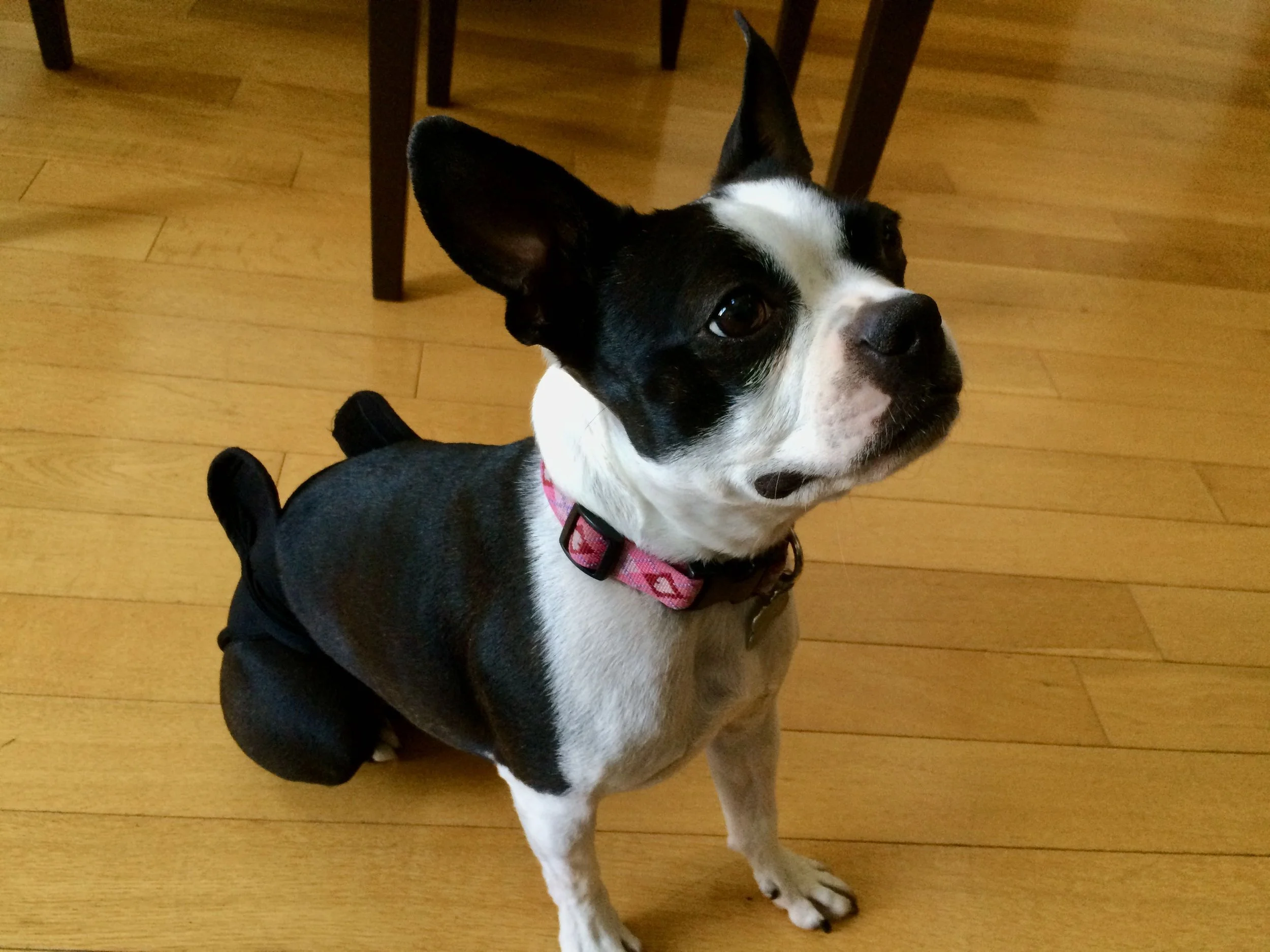Pets, especially dogs, can wreak havoc on flooring. Unfortunately, the reverse is true. When choosing a surface that one’s family will live with for the foreseeable future, both durability and toxicity levels should be considered.
For example, vinyl is considered highly scratch and moisture-resistant (due to its artificial appearance and “feel,” it’s also the pariah among potential home buyers). Older, cheaper vinyls, however, are laced with reprocessed plastic, cadmium, toxic phthalates and lead. These volatile organic compounds (VOCs) can emit toxic fumes (“off-gassing”) that can linger for months or years after installation.
Both the base material and the top coat can be suspect. Some flooring brands and their finishes contain formaldehyde, a common VOC which has been shown to be highly carcinogenic. Sanding and refinishing existing flooring can stir up toxic dust and expose toxic under-layers.
Below are several flooring options for pets and how they rate for wear and safety:
Tile: A thousand zoomies and as many accidents will hardly dent this suit of armor, but it’ll cost. Fired porcelain is the most durable and emits zero VOCs. Modern tech can give porcelain the look of natural stone and even hardwood. Ceramic tile offers a broad range of design/pattern choices. Though traction is excellent on tile, it may feel cold and hard to some pets. Clean up is a breeze.
Vinyl: “Luxury” varieties (plank and tile) are available in an array of patterns and finishes, can withstand just about any downpour and are easy to clean and maintain. Scratch resistance is strong. Vinyl is by far the cheapest option. As noted above, beware of older product sold at bargain rates; check for ULEF (ultra-low emitting formaldehyde) or NAUF (no adde urea formaldehyde) labels.
Laminate: Another cost-effective option that’s also a stellar scratch-resister. The downside is that it’s more sensitive to water damage; spills should be cleaned immediately. Some finishes can closely resemble distressed hardwood. Smoother finishes offer less traction than other flooring options, so splayed paws and paw “scrambling” are possible when pets run across the floor. Insulation is fair.
Engineered Hardwood: Topped with a thin layer of genuine hardwood, this option affords the look of solid hardwood at considerably less expense. It’s also more durable. Excessive moisture can permanently damage surfaces; surface moisture should be cleaned promptly. Scratch resistance is fair to good. Protective finishes can boost scratch- and moisture-resistance; check for VOCs.
Bamboo: Whether engineered or solid, bamboo can be stained and finished to give the look and feel of natural hardwood while being far more durable. It’s stain-resistant and easy to maintain. Like laminate, it’s moisture-sensitive; clean spills promptly. Moderately priced.
Cork: Cheap, outside-the-box and eco-friendly solution for rambunctious dogs (downstairs neighbors may appreciate the added bonus of noise insulation). Resilient to mold and mildew. However, the surface is susceptible to dents from heavy furniture. The entire floor may become the cat’s scratching post.
Less pet-friendly flooring options include carpet and solid hardwood. The warmth and lushness of some piles is intoxicating. Cleaning expensive wool, not so much. Synthetic brands may be soft and easier to clean, but could be teeming with VOCs. Moisture is hardwood’s arch enemy. It can stain and warp surfaces in just a day. Scratch resistance is poor compared to other types of flooring, though a good finish can help. On the plus side, hardwood can be repeatedly sanded and refinished. But who wants to spend their lives sliding furniture around the room?
Even the best option for one’s budget and sensibilities may be for naught without a non-toxic floor cleaner.
We’ve come this far to protect our home and our pets.

